Description
The plug bayonets of England had curved blades more often than any other country. The
example offered here features an unmarked slightly curved 11 1/16″ single-edged blade of
wedge section, the last 4 3/4″ double-edged. Brass guard with acorn finials and brass
pommel with small turned button finial. Figured walnut grip with brass base ferrule. Blade
smooth and near excellent, with one tiny edge nick. Grip and guard also near excellent,
appearing to have never been mounted in a gun barrel. Overall length 17″.
Though probably originating around 1550, the plug bayonet had a relatively short span of
use from around 1650-1720 (except in Spain where they were used into the 19th C). Their
rise in popularity largely paralleled the development of standing armies in Europe, which
were realizing the importance of the musketeer, while at the same time not wanting to
wholly abandon the pike. In this sense the plug bayonet can be considered a transitional
weapon. However, despite its use as a dagger on its own, it was soon found to be
impractical since it’s use prevented the musket from being fired. Countless soldiers also
found great difficulties in removing a stuck plug bayonet from the muzzle, rendering the
musket useless as a firearm. Many were damaged while being removed and as a result
relatively few survive. For these reasons it was soon superseded by the socket bayonet,
which did not affect the musket’s ability to fire and could much more easily be removed.

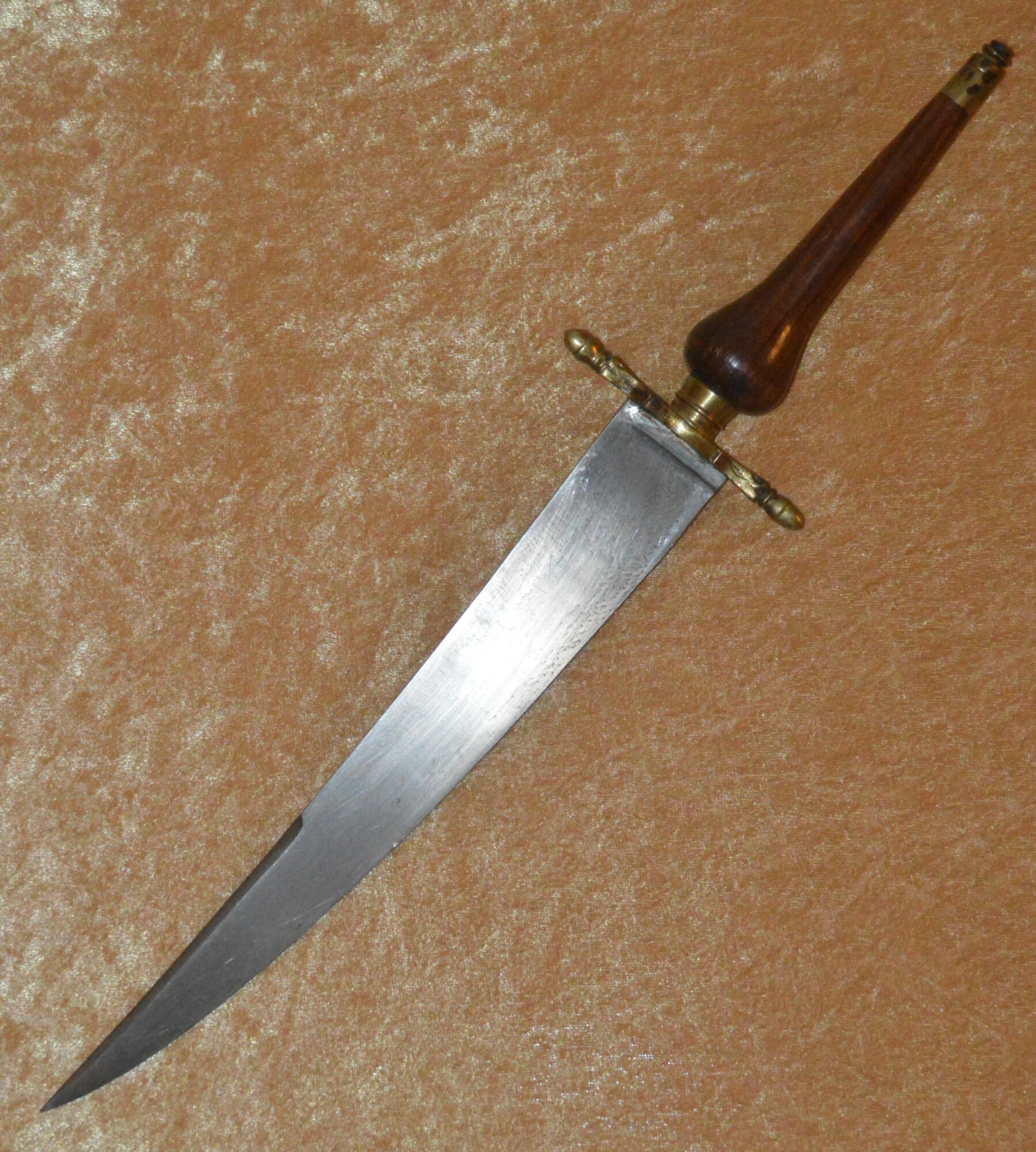
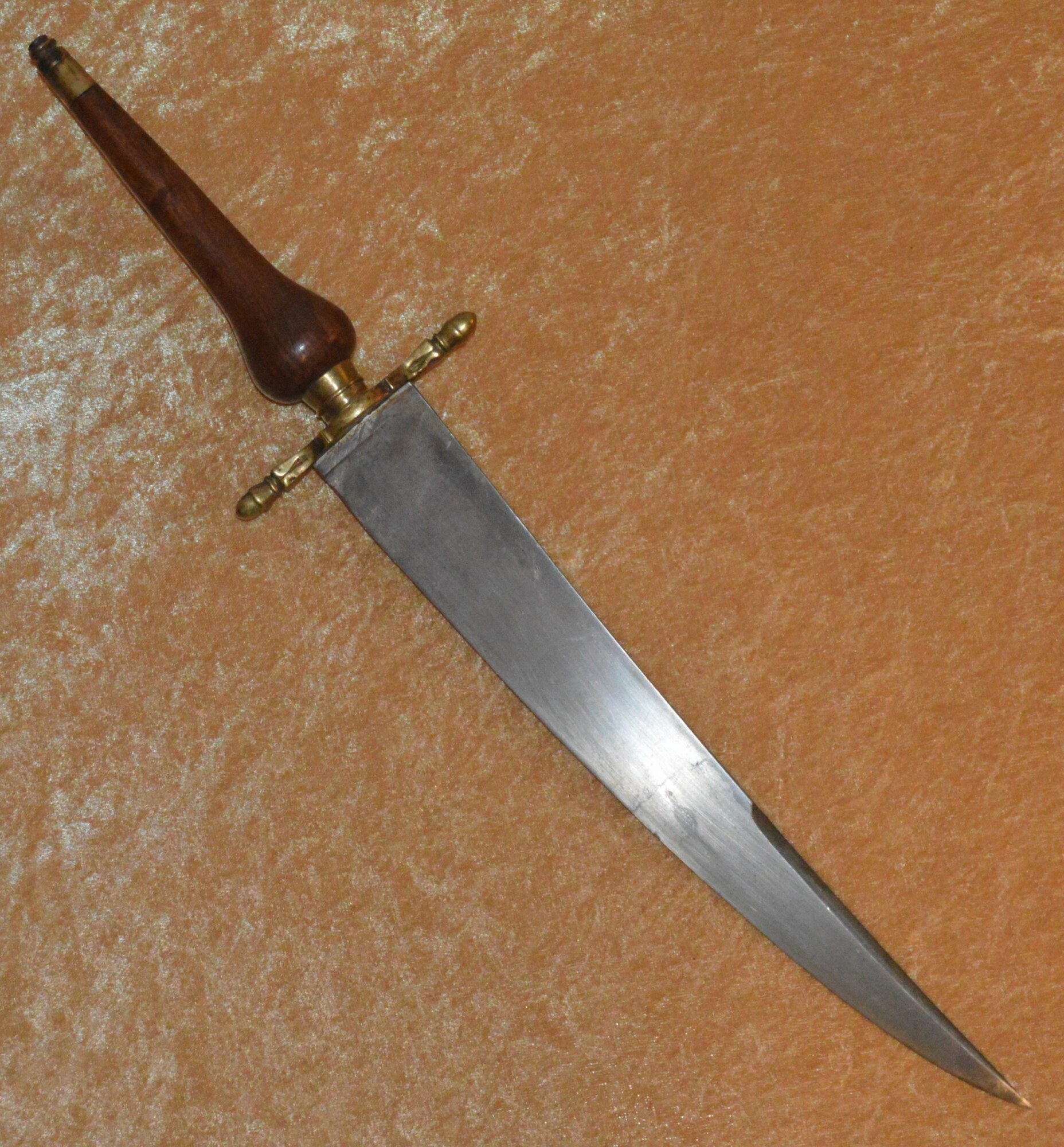
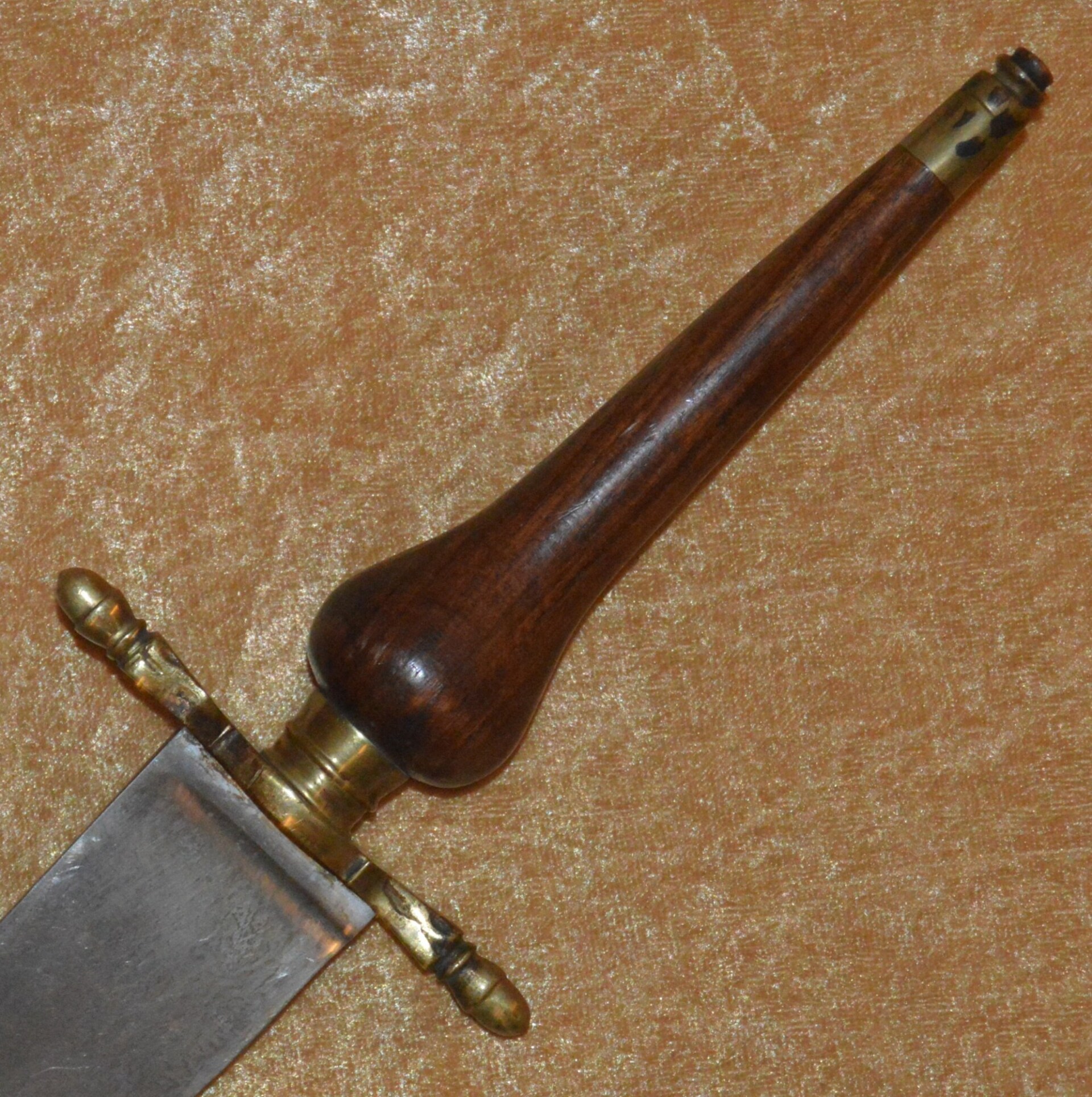
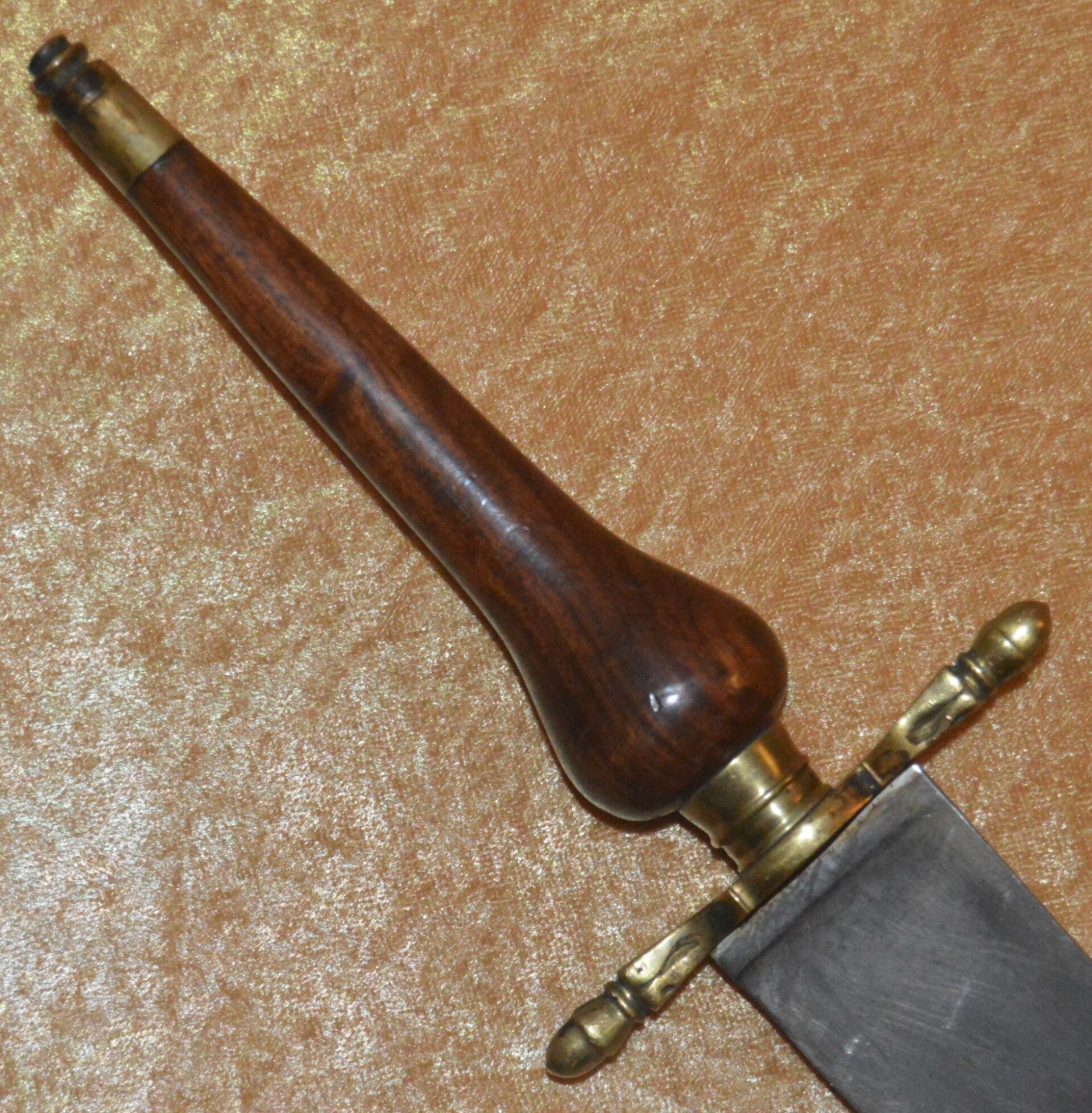
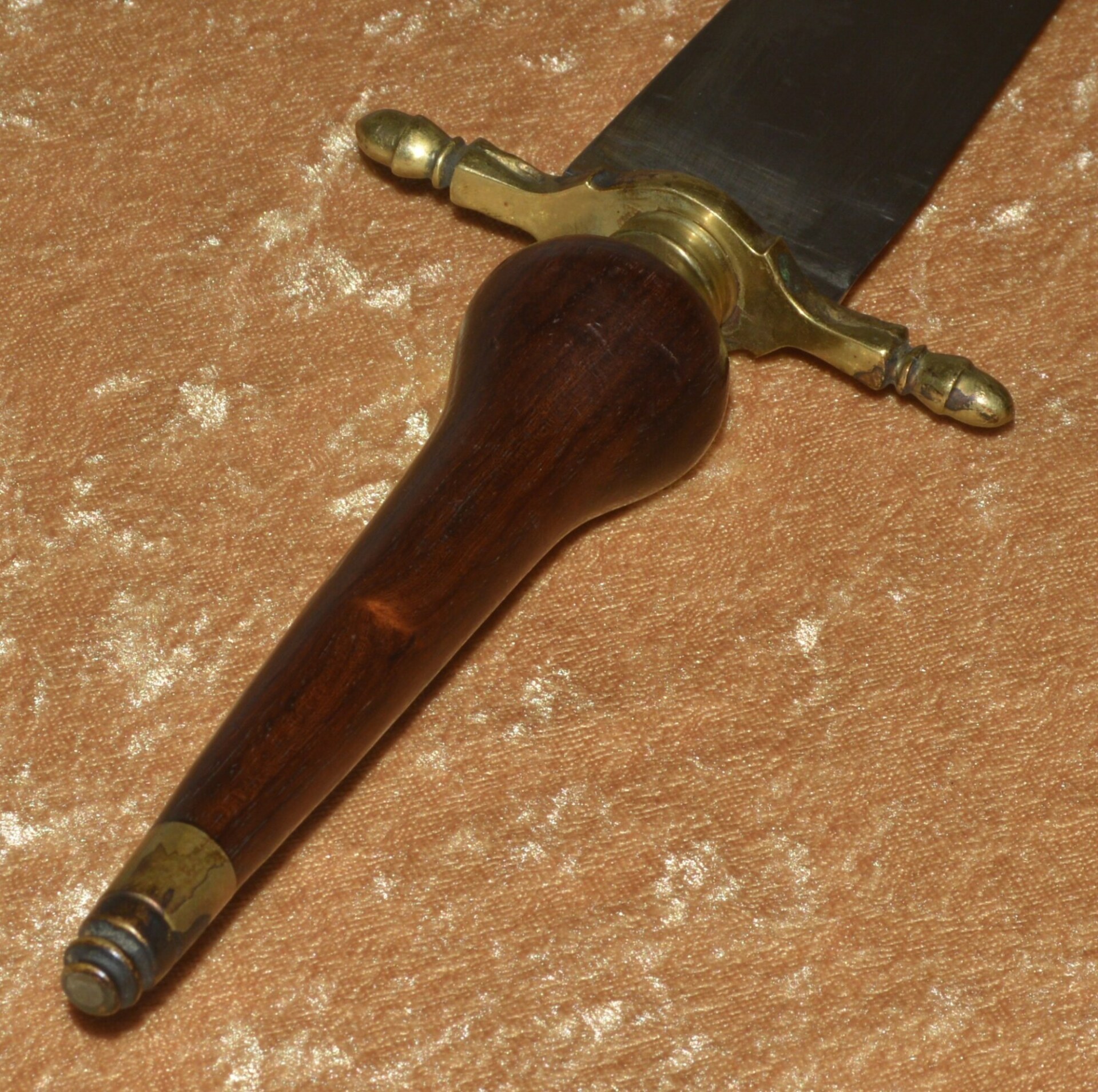
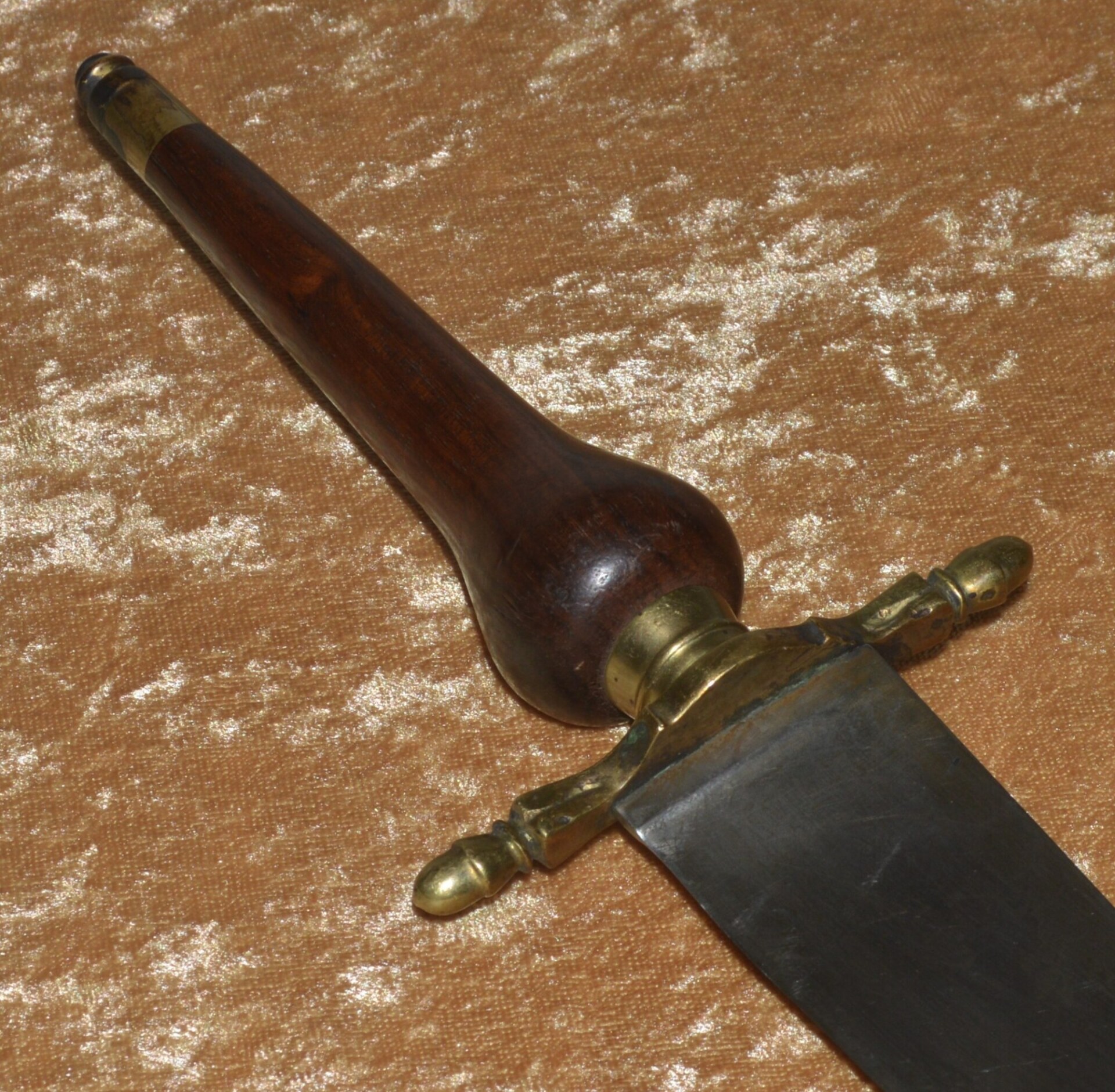
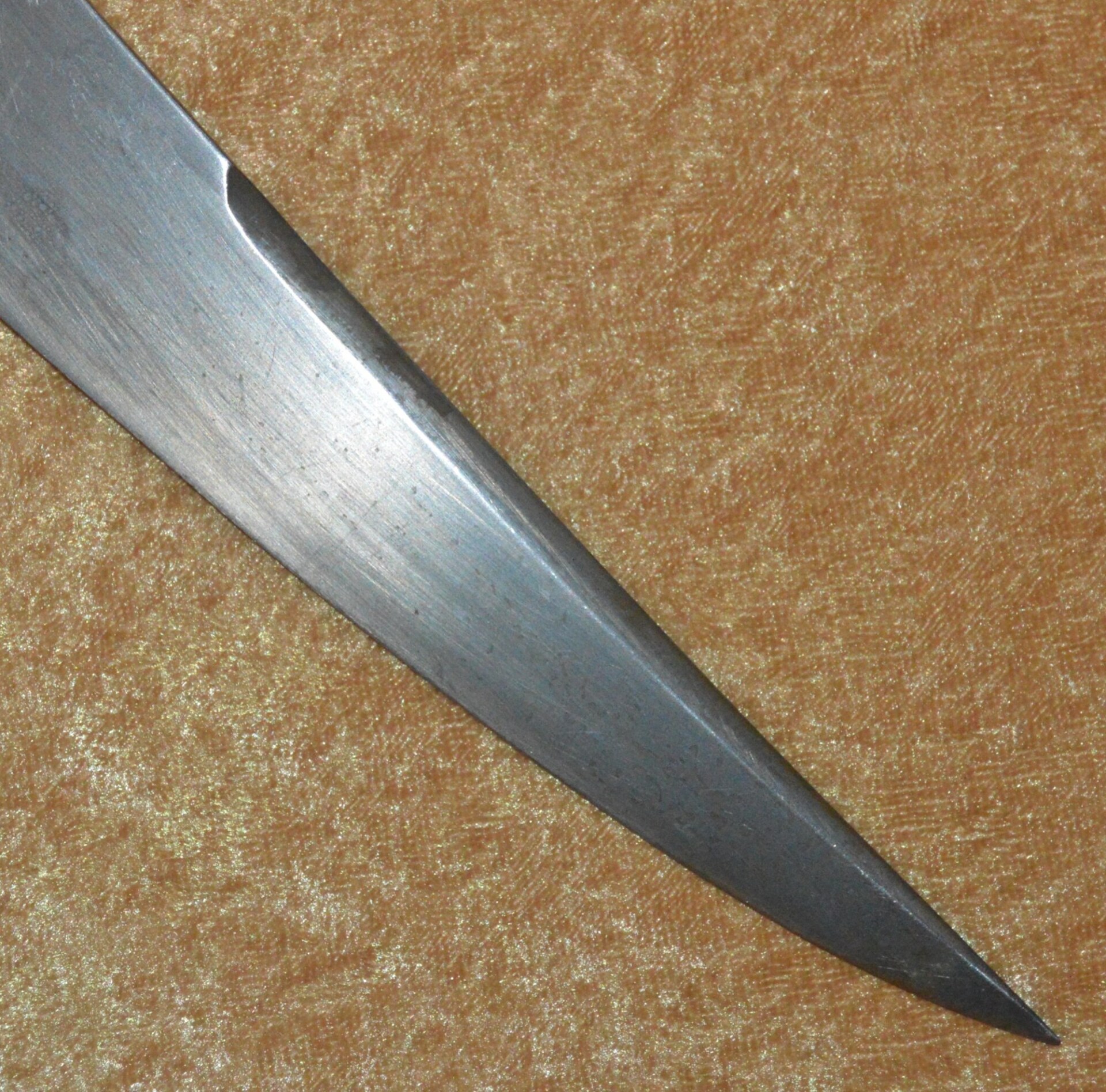
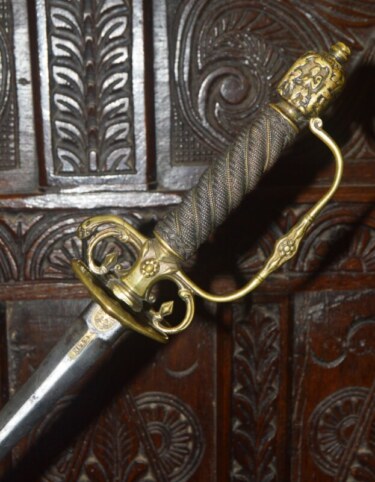 Fine German Transitional Rapier/Smallsword, Late 17th/early 18th C
Fine German Transitional Rapier/Smallsword, Late 17th/early 18th C 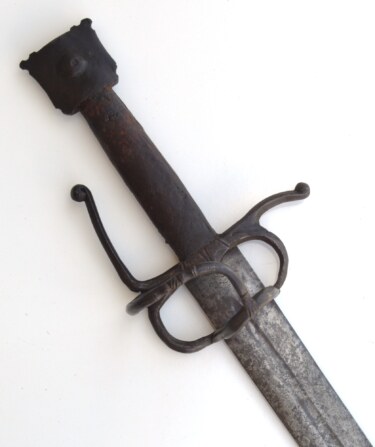 Rare Venetian Hand-and-a-half Sword, ca. 1490
Rare Venetian Hand-and-a-half Sword, ca. 1490 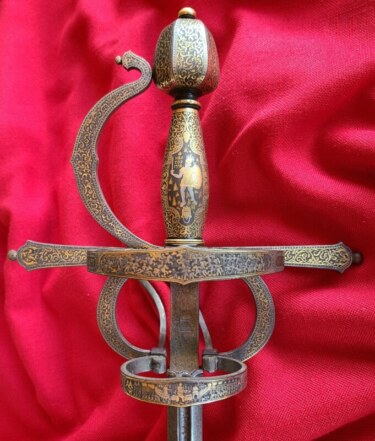 Gold and Silver Damascened Rapier in the Style of Diego DeCaias, Dated 1556
Gold and Silver Damascened Rapier in the Style of Diego DeCaias, Dated 1556 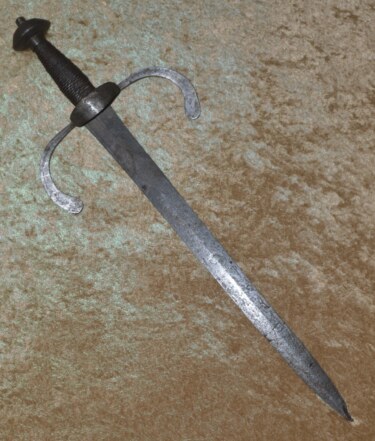 European Left Hand Dagger, 17th C
European Left Hand Dagger, 17th C